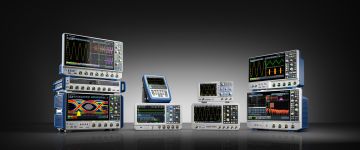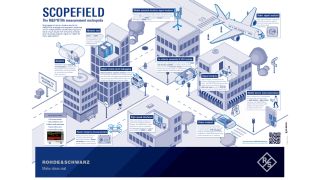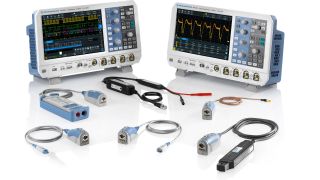Rohde & Schwarz Oscilloscopes
Oscilloscopes that fit your requirements and your budget, from top value to top performance
Oscilloscope innovation that delivers measurement confidence. Excellent signal fidelity, high acquisition rate, an innovative trigger system and a clever user interface - that’s what you get with Rohde & Schwarz, a leading manufacturer of oscilloscopes.
Match your needs with the right oscilloscope platform, probe solution and software applications. Rohde & Schwarz oscilloscope have outstanding features like e.g. digital trigger, deep memory, frequency response analysis (Bode plot), real-time de-embedding, fast update rates, and unique low noise.
From general purpose test to solutions for specific industry standards, we have you covered.




































